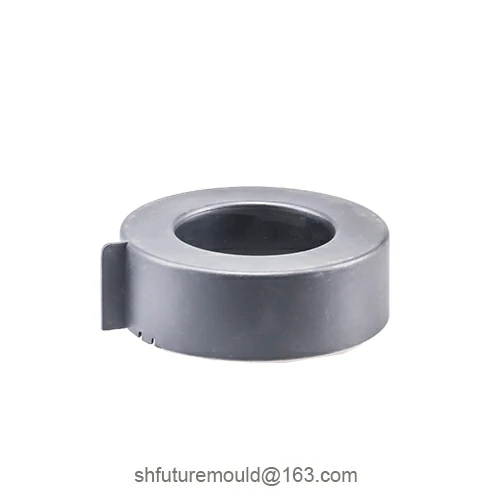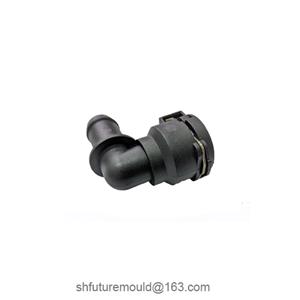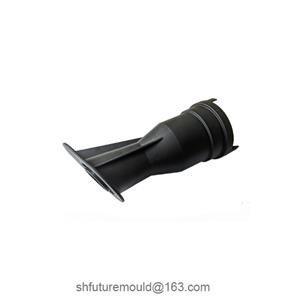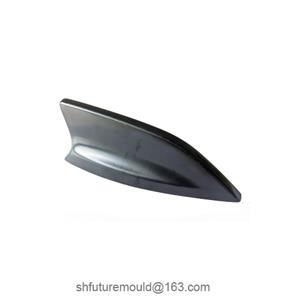Uitwerppennen in spuitgietmatrijzen: functie en toepassingen
Ejector pins are essential components in injection molds, playing a crucial role in the efficient removal of molded products from mold cavities. Their basic function is to push the plastic product out of the mold, enabling easy retrieval of the finished product.
Structure of ejector pins
The structure of an ejector pin typically consists of three main parts:
1. Pinhead: the pin head serves as the load-bearing component, making direct contact with the plastic part.
2. Pin rod: the pin rod acts as the supporting element, responsible for transmitting the force exerted by the ejector pin.
3. Pin tail: the pin tail functions as the connecting part, securing the ejector pin firmly to the mold.
Material selection of ejector pins
The choice of material for ejector pins is crucial for ensuring their durability and performance. Commonly used materials include steel alloys such as SKH51, SKD61, and SKD11. Each material offers distinct properties:
SKH51 ejector pins exhibit superior toughness.
SKD61 ejector pins excel in high-temperature resistance.
SKD11 ejector pins provide exceptional hardness.
Types of ejector pins
The vast array of ejector pins available can be categorized based on their shape, structure, and intended use:
1. Cylindrical ejector pins: these are the most common type, suitable for various plastic parts.
2. Tapered ejector pins: designed for ejecting intricate and complex-shaped plastic parts.
3. Irregular-shaped ejector pins: employed for ejecting plastic parts with unique and non-standard shapes.
4. Vent ejector pins: these pins feature vent holes to facilitate the release of trapped air from within the plastic part.
Consideration for using ejector pins
To ensure optimal performance and prevent damage to either the ejector pins or the plastic parts, follow these guidelines:
1. Select the appropriate ejector pin type and size.
2. Ensure secure installation of the ejector pins.
3. Avoid excessive force when using ejector pins to prevent damage.
4. Regularly inspect and maintain ejector pins, promptly replacing worn ones.
- Spuitgietmatrijs
- Automotive spuitgietmatrijs
- Elektronica en elektrische spuitgietmatrijs
- Spuitgietmatrijs voor consumptiegoederen
- Vliegtuigcomponenten spuitgietmatrijs
- Medische componenten spuitgietmatrijs
- Irrigatiecomponenten spuitgietmatrijs
- Spuitgietmatrijzen




